|
We're excited to share another Scholarship Success Spotlight! Our February spotlight is on Rebecca Beers, first quarter 2018 scholarship recipient from Mesa, Arizona. When not attending school at Northern Arizona University, she enjoys kayaking, birding, hiking, gardening, cooking, and planning her next adventure. Here's her story: Why I Value STEM Education STEM education is important to me because it is thrilling to solve problems and provide humanity with knowledge previously unknown. My Current Work and Passion My research is based on the Pinaleño Mountains in southeastern Arizona studying post-wildfire debris flows. Specifically, my research focuses on two major questions: what processes are filling debris-flow-scoured channels, and do recent debris flows represent a shift in landscape response? What This Scholarship Means To Me and How I Used the Funds I am a first generation student as well as a female scientist. This scholarship has helped me overcome some of the financial obstacles associated with my research, and achieve success in my research. My scholarship funds were used for travel to and from my field site, as well as for radiocarbon dating charcoal samples. My project is field intensive, and having the funds to travel to my field site throughout the summer and fall was imperative. The remaining funds were used for radiocarbon dating of charcoal samples. These samples are aiding in answering one of my primary research questions. In my work, I have learned that following post-fire debris flows, the material deposited by the debris flow continues to alter the channel long after the debris flow event. As seen in the above picture, coarse debris flow material episodically shifts downstream. Red signifies sediment accumulation, and blue signifies sediment removal when comparing pre-monsoon and post-monsoon surveys of the channel. Prior to taking the post-monsoon surveys, my hypothesis was that the scoured hillslope toes adjacent to the channel (see above picture of the post fire debris flow at Mt. Graham) would begin to relax overtime and deposit sediment in the channel that would ultimately aid in returning the channel to an equilibrated "V" shape. However, after surveying the channel post-monsoon, it became apparent that although the hillslopes were relaxing and delivering sediment to the channel (as hypothesized), the sediment was being removed by monsoon-related flood events. It is likely that because the soils in the headwaters of the watershed have not fully recovered from the 2017 Frye Fire, infiltration capacity and vegetation interception have decreased, leading to an increase in runoff, creating a "flashy" stream response to precipitation. As the soils and vegetation recover from the fire, it is expected that the channel will have less "flashy" responses. This is where hillslope sediment contribution will likely become a dominant channel filling process. A Few Other Highlights I'd Like to Share
I have learned several skills through my research including how to fly a UAV and process UAV channel surveys using photogrammetry software, and how to perform ground-penetrating-radar surveys. I am happy to have learned these skills, and I hope to continue using them in my future career. ~~~ Awesome work, Rebecca! G.E.M. Environmental is proud to help you and we wish you the very best in your career. Read more Scholarship Success Stories HERE. Are you a STEM major? Consider applying for one of our scholarships! Visit our Scholarship page to learn more about eligibility and apply online. |
Categories
All
Archives
June 2024
|
G.E.M. Environmental NFP
Geology - Engineering - Minerals - Environmental - Not for Profit
Geology - Engineering - Minerals - Environmental - Not for Profit
Community Partners
|
Programs
|
Get Involved
|
About
|
Follow Us
|
Sponsors & Donors
|
© COPYRIGHT 2017 - 2023. ALL RIGHTS RESERVED. G.E.M. Environmental NFP
GEM Environmental, GEM4STEM, GEM Corps, and Charity Rocks are all Registered Trademarks of G.E.M. Environmental NFP.
Any and all use of Trademarks or Copyrights must be authorized.
GEM Environmental, GEM4STEM, GEM Corps, and Charity Rocks are all Registered Trademarks of G.E.M. Environmental NFP.
Any and all use of Trademarks or Copyrights must be authorized.
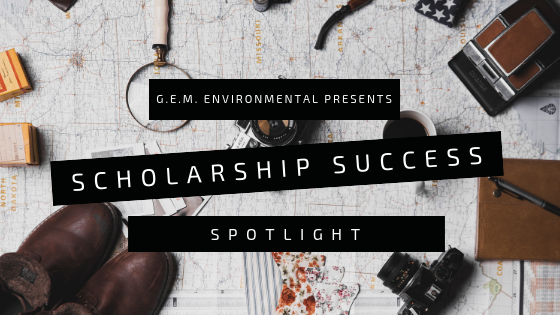
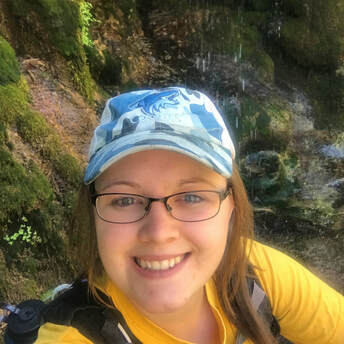
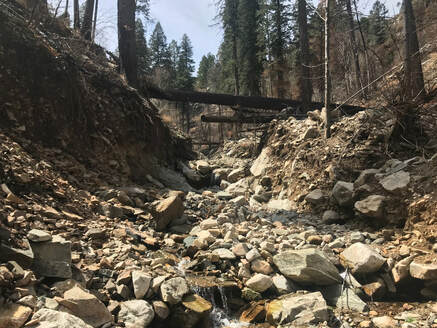
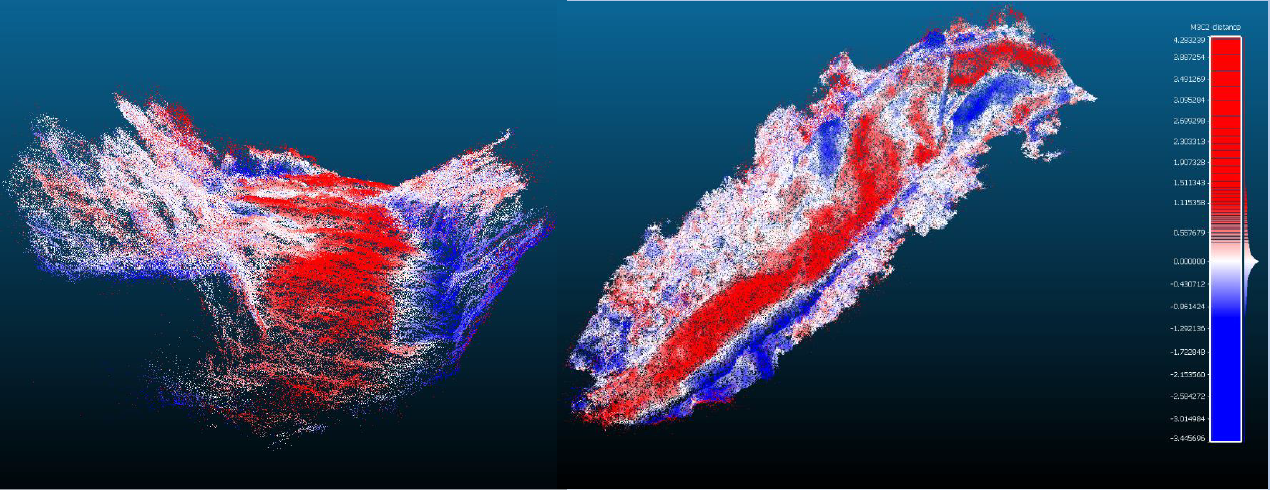
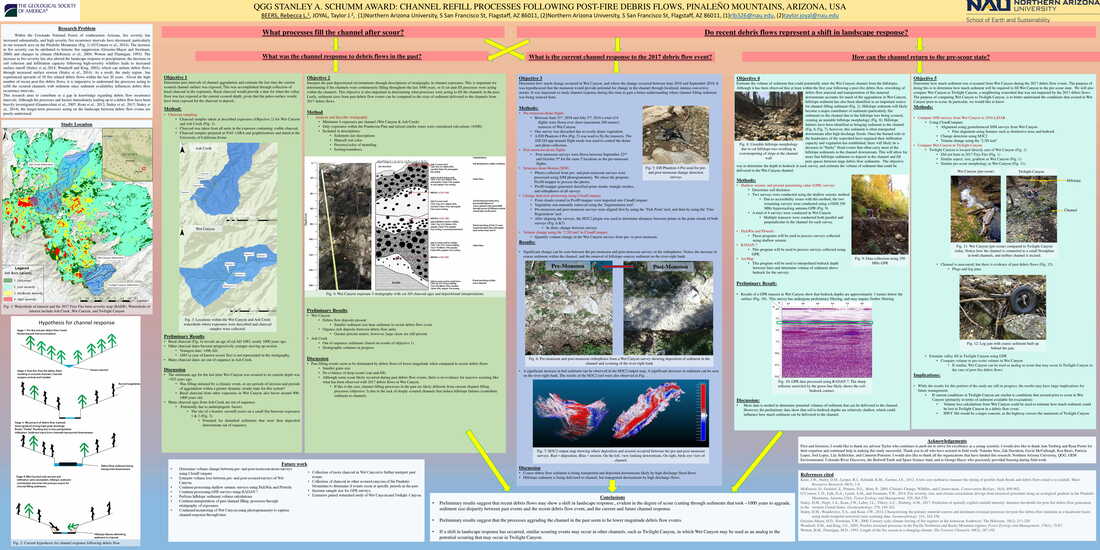
 RSS Feed
RSS Feed


